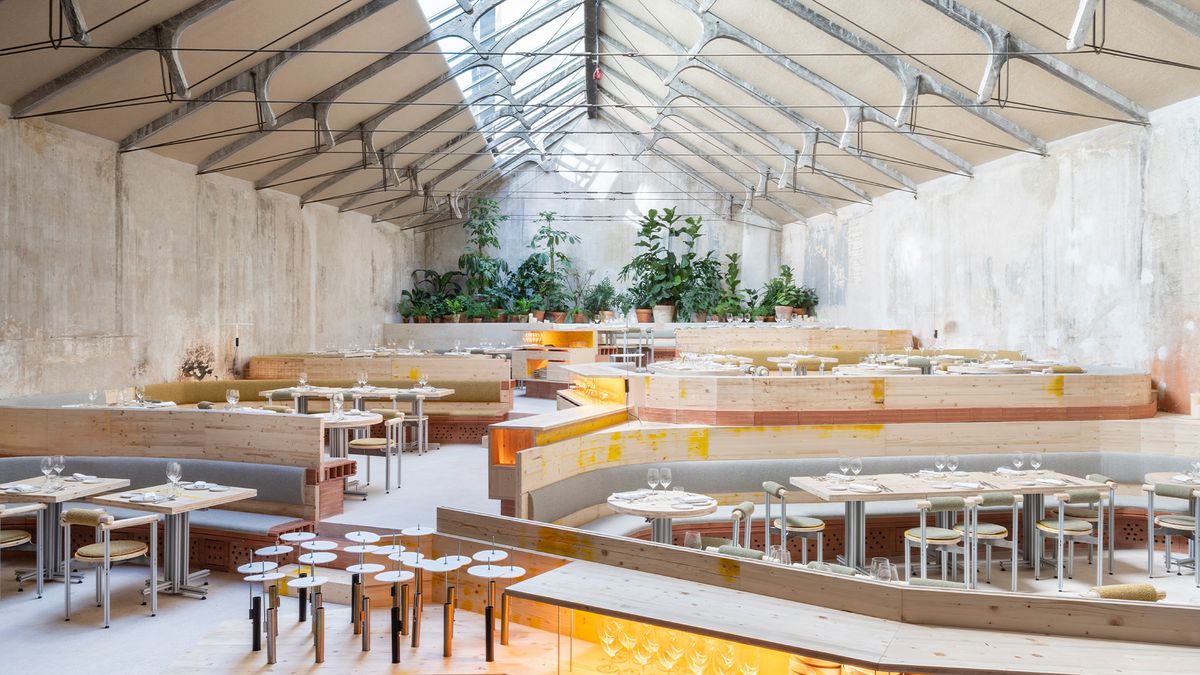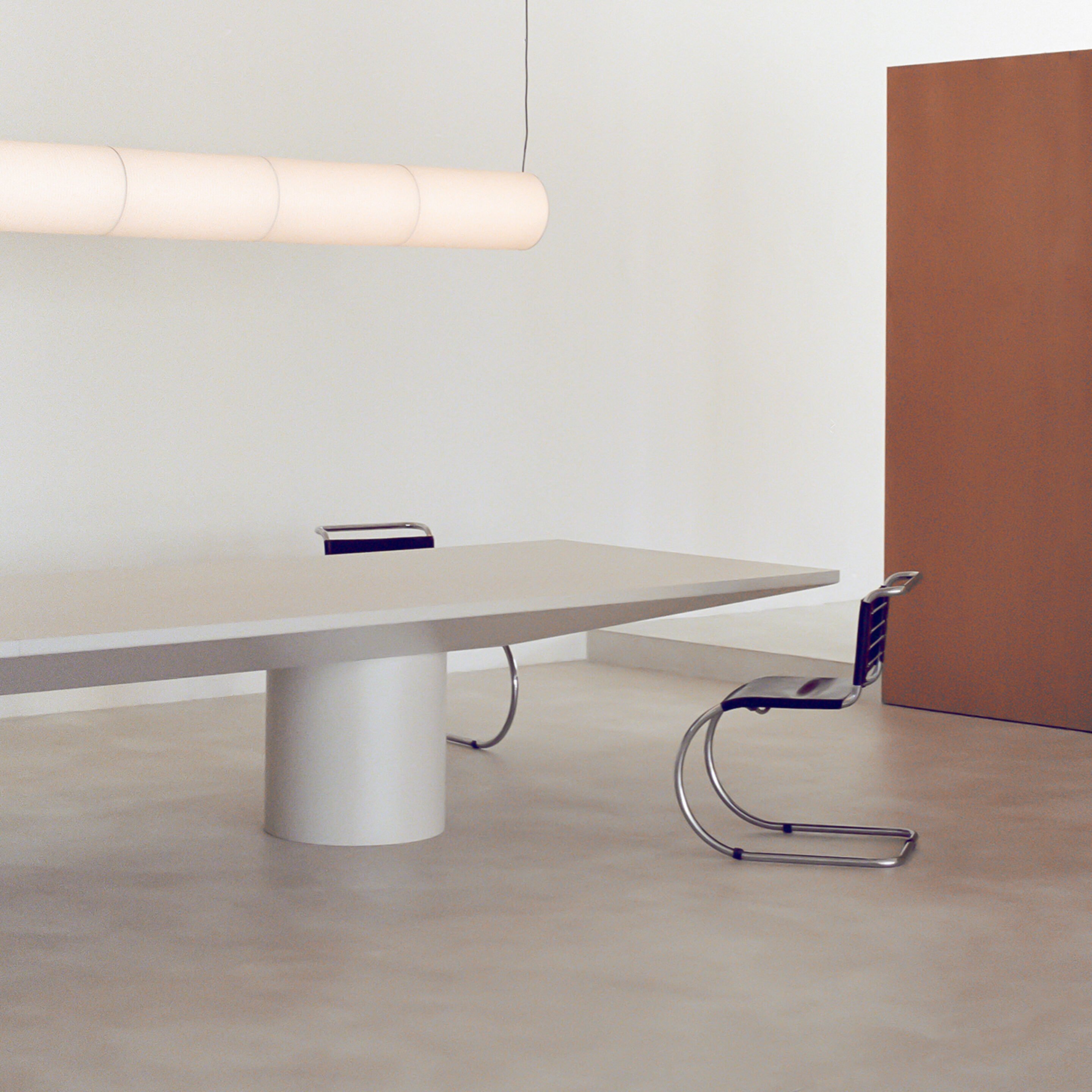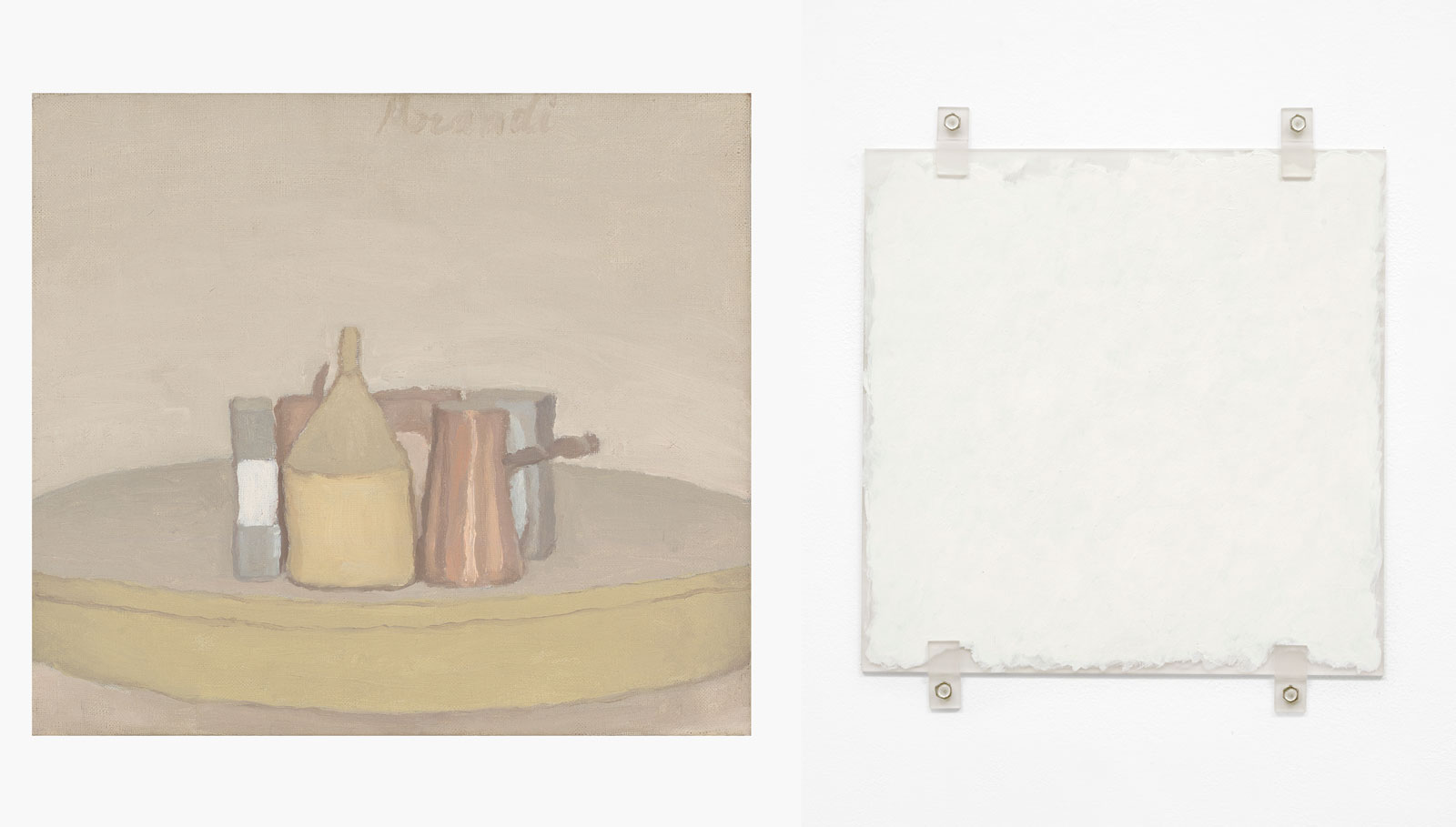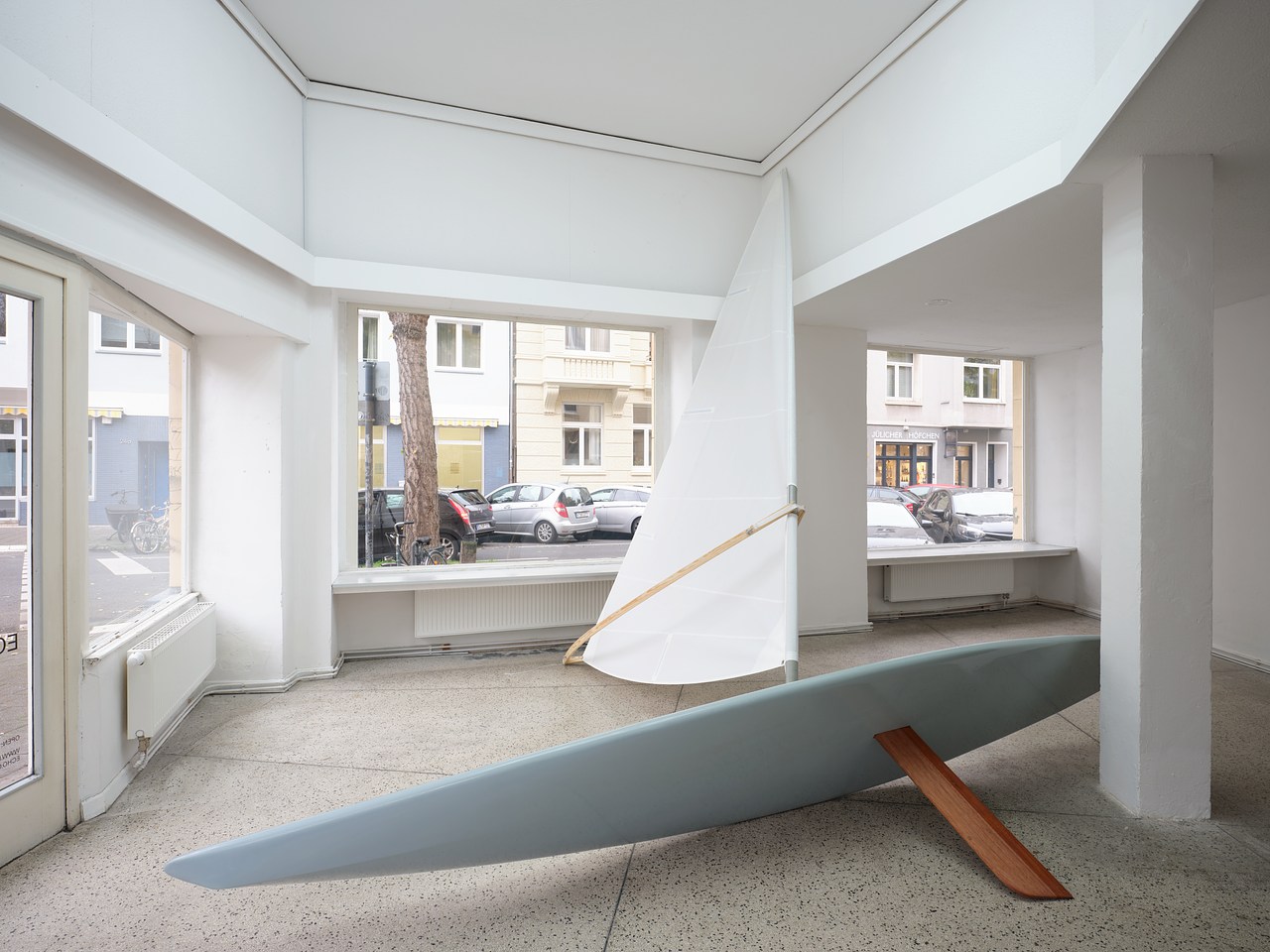Conceito abstrato
2016 - Drawing & Print (Drawing & Print)
Rodrigo Torres
In his Conceito abstrato series, however, Rodrigo Torres turns to the abstract, using the shapes, numbers, lines, and subtle colors of international currencies to create non-representational forms with lavish geometries and baroque curving forms.
Brazilian artist Rodrigo Torres has been deconstructing international paper currencies to form intricate collages of color, line, shape, and texture for several years. Torres’ works are masterfully intricate, as the artist isolates out curves, characters, architectures, and geometries from the delicate designs on money, cutting and slicing them apart only to piece them back together into his own careful constructions. Cobbling together these subdued colored bits into fanciful compositions, Torres’ work can be read as an outcropping and a critique of our globalized economy. In many of these collage works, Torres creates narrative scenes, generating apocalyptic scenes, dimensional tornados, and forests out of repurposed bills.
Colors:
Related works sharing similar palette

© » LE MONDE
« On ne démocratise pas le rapport à la musique, à la danse en les réduisant à un “éveil musical ou dansant” » Offrir Le Monde F in octobre tombait une nouvelle pour le moins sidérante : le directeur académique des services de l’éducation nationale en Indre-et-Loire annonçait le démantèlement des classes à horaires aménagés musique et danse ( CHAM et CHAD ), de la 6 e à la 3 e , du lycée Paul-Louis-Courier, de Tours, au nom de la mixité sociale et scolaire...

© » KADIST
Mandy El-Sayegh
2019Mandy El Sayegh grew up in a medicalized environment, surrounded by anatomy, biology and psychology publications; these books inspire the figures that appear throughout her work...

© » KADIST
Pierre Leguillon
2008End of 2008, Pierre Leguillon presented at KADIST, Paris the first retrospective of the works of Diane Arbus (1923-1971) organized in France since 1980, bringing together all the images commissioned to the New York photographer by the Anglo-American press in the 1960s...
© » KADIST
Rabih Mroué
2012The Pixelated Revolution is a lecture-performance by artist Rabih Mroué about the use of mobile phones during the Syrian revolution...

© » KADIST
Daniel Boccato
2016Parrot Drawings or Paintings look like children’s drawings and seem quite innocent...

© » KADIST
Margo Wolowiec
2017Imagine How Many by Margo Wolowiec is a woven polyester depiction of blurred text and floral images found on social media, distorted beyond complete recognition...

© » ARTS EQUATOR
Weekly Picks: Indonesia (9 - 15 July 2018) | ArtsEquator Thinking and Talking about Arts and Culture in Southeast Asia Indonesia July 9, 2018 Top Picks of Indonesia art events in Bali, Yogyakarta and Jakarta from 9 – 15 July 2018 Titian Art Space in Bali presents the exhibition Mokoh for the house of Mondo ...

© » ARTS EQUATOR
Weekly Southeast Asia Radar: Puja Pantai in Selangor; young Cambodian singers talk old music | ArtsEquator Thinking and Talking about Arts and Culture in Southeast Asia ArtsEquator Radar AP January 16, 2020 ArtsEquator’s Southeast Asia Radar features articles and posts about arts and culture in Southeast Asia, drawn from local and regional websites and publications – aggregated content from outside sources, so we are exposed to a multitude of voices in the region...

© » KADIST
Matthew Angelo Harrison
2015In Hole #1 a zebra scull stands in as a representation of Africa, while the plexiglass box and the hole made through it represent the inaccessibility of that culture to African-Americans....

© » KQED
A 49ers Anthem Charges Back From the ’80s for Super Bowl Sunday | KQED Skip to Nav Skip to Main Skip to Footer upper waypoint Arts & Culture A 49ers Anthem Charges Back From the ’80s for Super Bowl Sunday Rae Alexandra Feb 7 Save Article Save Article Failed to save article Please try again Email A 49er and a Dolphin dancing* at the 1985 Super Bowl to classic Narada Michael Walden track, ‘We’re the 49ers.’ [*This is a lie.] (Focus on Sport via Getty Images) Look...










